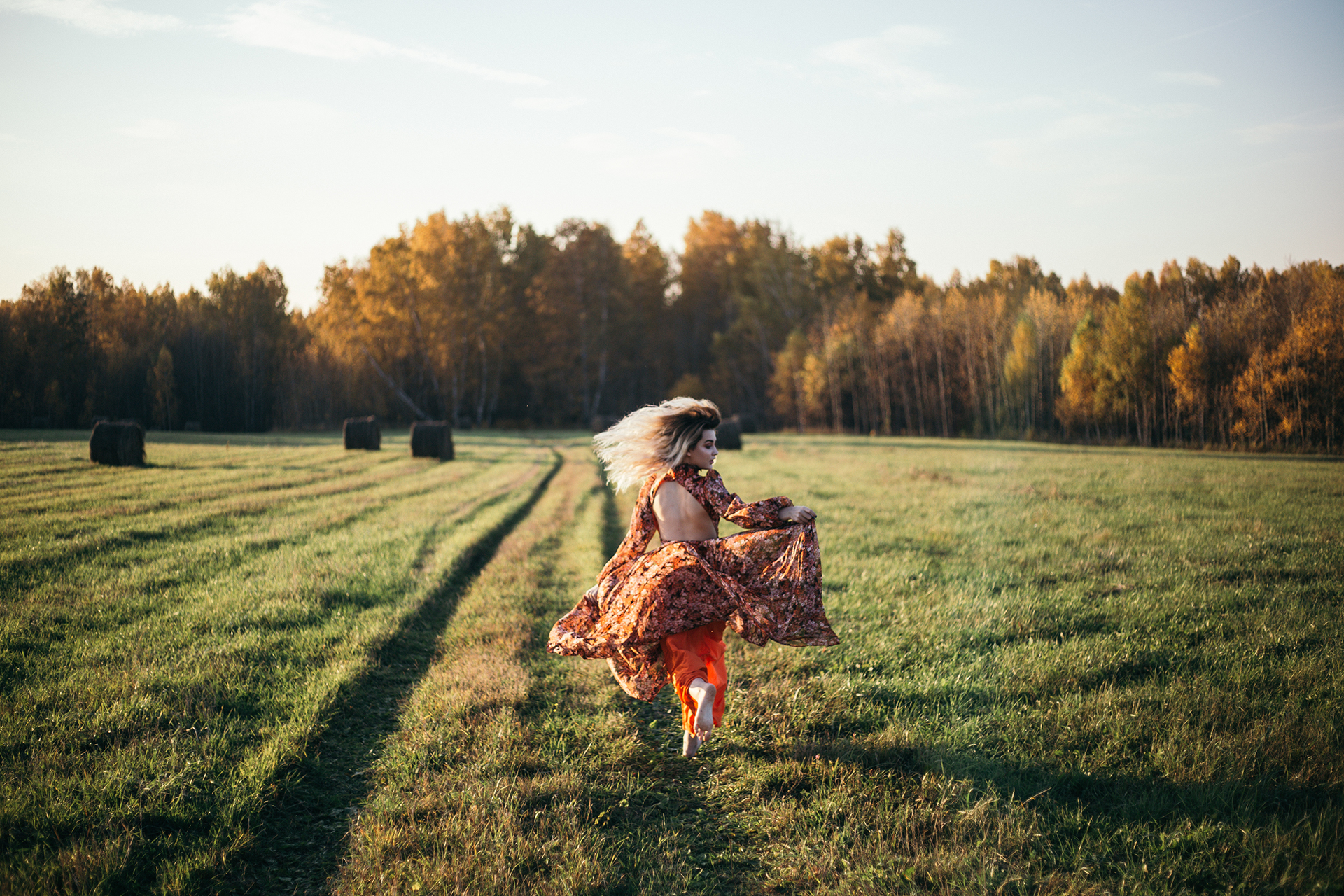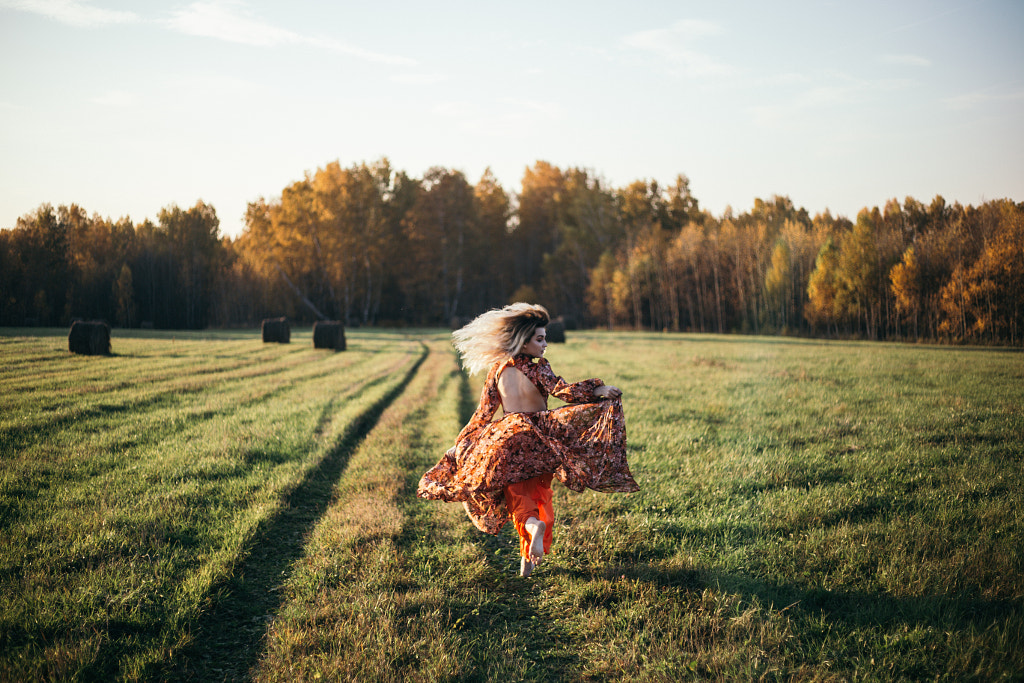Take a peek at the best-selling images from leading stock agencies worldwide, and you’ll notice a few common themes: business people in offices, families having fun, couples on romantic walks, and people with natural, authentic smiles.
While stock photography can cover any genre and subject, Licensing clients always need inspiring pictures of people. After all, the human element is a powerful marketing tool, and research suggests that images of faces can even help customers to connect with advertisements.
But how do top Licensing Contributors make sure that commercial clients can discover their photos in the first place? Beyond having stellar images, the secret to showing up in user searches is surprisingly simple: it all comes down to the right keywords.
Last month, we took a look at keywording in general, but when it comes to photos of people, we find that a little extra effort goes a long way towards improving the licensability of photos. Here are nine things to keep in mind when indexing and uploading your images.
Your model release is your best resource
Most model releases, including the standard 500px model release, have sections for the gender, date of birth, and ethnicity of the model. Ideally, these elements (age, gender identity, ethnicity) can all serve as your basic keywords. The more details you can provide about the people in your photos, the better your chances of popping up in a search.
Using your model release to help you find keywords is your best bet, because it will have been filled out by the model, leaving little room for error.
Accuracy is critical
Speaking of errors, it’s important to get all your facts straight before adding any keywords. “It can be tempting to assume information about a person based on how they look and to apply keywords accordingly,” the 500px Content Team explains. “However, assumptions can be incorrect, and so it’s important to confirm all information such as ethnicity, age, and gender via a model release.”
While it might seem innocuous enough, assumptions like these can have serious consequences. In 2016, for example, a senatorial candidate from North Carolina used stock footage of “African American” children in the classroom in one of his campaign videos. The problem? The kids in the clip weren’t African American; although the footage had been keyworded with “African American Ethnicity,” the children actually were from (and lived on) the African continent.
Proper representation matters—and every photographer has a responsibility to get the facts straight. If you’re unsure of your model’s identity, ask them.
It’s important to focus on verbs as well as nouns
Beyond describing the people themselves, include keywords about what they’re doing— walking, hugging, sitting, etc. The 500px Content Team calls these “activity keywords.” In this case, it can be helpful to jot down some potential keywords while planning your photoshoot because they’ll help you tell a compelling story.
You should always pay attention to relationships between people
“One of the most common mistakes a photographer can make is not applying ‘number of people’ terms while keywording,” the 500px Content Team continues. You should always tag “One Person,” “Two People,” “Medium Group of People,” etc., as these terms are commonly searched.
Another frequent error? Not highlighting the relationships and interactions between the people in the photos. Are you photographing a mother and daughter, a husband and wife, a brother and sister, best friends? Are they bonding, competing, arguing? These are all important details to include in your keywords.
Buyers also search for emotions and ideas
“People images are often more complex than other images because people themselves are complex!” the Content Team tells us. “A facial expression can convey various emotions, and interactions between subjects can be open to interpretation. Try to think of these complexities and nuances in people images as keywording opportunities, rather than challenges.”
Get into the mindset of an image-buyer and tag some moods, emotions, and concepts that they might search while looking for a picture like yours. While literal keywords are relatively straightforward, you can use your imagination when generating conceptual keywords. Some popular examples of conceptual keywords include “Togetherness,” “Solitude,” “Goals,” or “Individuality.”
More is more—to an extent
Every stock agency has different keyword requirements, but the 500px model is pretty standard. “Usually, we suggest adding between 10 and 25 keywords to an image,” the Content Team explains. “It is generally better to err on the side of more keywords than fewer keywords.” In many ways, it’s a numbers game. Give buyers every opportunity you can to find your images.
The “more is more” rule comes with one big qualifier: all your keywords must be appropriate for the image. Tagging every word that comes to mind can result in disappointment for both the photographer and the buyer.
“Bear in mind the relevance of the keywords you are adding,” the Content Team reminds us. “As always, the golden question to ask yourself is, ‘Would a searcher, searching this keyword, expect and/or be happy to see this image appear?’
“Using too many keywords can be problematic in that it tends to mean that irrelevant or tangential keywords have been used. If you take an image of a far-off person floating in a rowboat on a lake, a tangential keyword might be ‘Fishing’ (where there is no actual fishing in the image), and an irrelevant keyword might be ‘Human Hand’—the distant person in the rowboat does indeed have two hands, but the image is not focusing on their hands.”
It’s all about the details
Though it varies based on the stock photo agency, spelling and punctuation can make all the difference. “Leaving out commas between keywords can cause errors,” the Content Team adds. “For example, adding the keyword ‘Hot Dog’ to an image is a very different thing from adding the punctuated list of keywords ‘Hot,’ ‘Dog.’
“It is best to choose a language to keyword in, and stick to that, so if you are using US English spelling, be consistent and always use ‘Color,’ ‘Faucet,’ as opposed to ‘Colour,’ ‘Tap,’ and so on.
“Many platforms have translation techniques to convert misspellings, alternate forms, and synonyms into the ‘approved’ keyword list, but it’s best not to rely on this functionality too much. Keep control of your keywording by using the correct format and spelling as much as possible.”
Organization is everything
On some platforms, the order of your keywords matters, but on 500px, your sequence won’t influence your discoverability. Still, it helps to develop an organizational system you use each time you index your photos. For example, maybe you list the gender, ethnicity, age, and number of people first, then move on to verbs, relationships, and conceptual keywords at the end.
“It can be useful to think about keywording in layers, concentric circles, or a checklist,” the Content Team adds. “Every keyworder probably has a slightly different way of thinking about these ‘layers’ or ‘checkpoints,’ but it is always useful to have a methodical way of walking through the keywording process on an image and being sure that all bases have been covered.
“Staying consistent with the order you add keywords can make it easier to spot errors or omissions than it might be on a more random list.”
When it comes to keywords, top stock photographers work smarter, not harder
An effective and efficient keywording process will ensure you spend less time in front of the computer and more time shooting. “There are many tools out there that can be integrated into your workflow,” the Content Team explains. “The most prominent are Xpiks, KeywordsReady, and Lightroom Keywords. These tools turn keywording into a swift process and offer great flexibility and compatibility across different systems.”
Whatever tool you choose, remember to keyword in batches to save time. “Keywording in groups allows you to quickly add a common set of keywords to all images within the group, and then loop back to add the appropriate individual keywords to each image,” the Content Team advises.
“It can also be useful to get comfortable with spreadsheet software when you will be working with large sets of data, as this can allow you to quickly input or alter keywords, fix spelling mistakes, etc. across a large set of data, rather than having to individually edit each image. Once the data is in order on the spreadsheet, you can copy/paste to your uploading platform.”
Click here to learn about Licensing with 500px.













![[Photo Keywording Tips] How to add effective keywords to help your photos get discovered](https://iso.500px.com/wp-content/uploads/2014/10/500px_blog_photo_keywording_tips-1500x1000.jpg)


Leave a reply